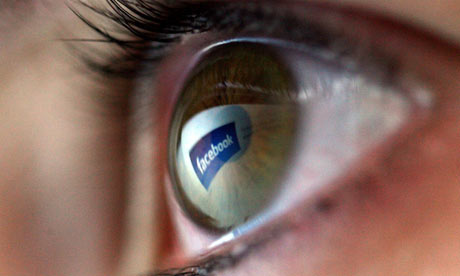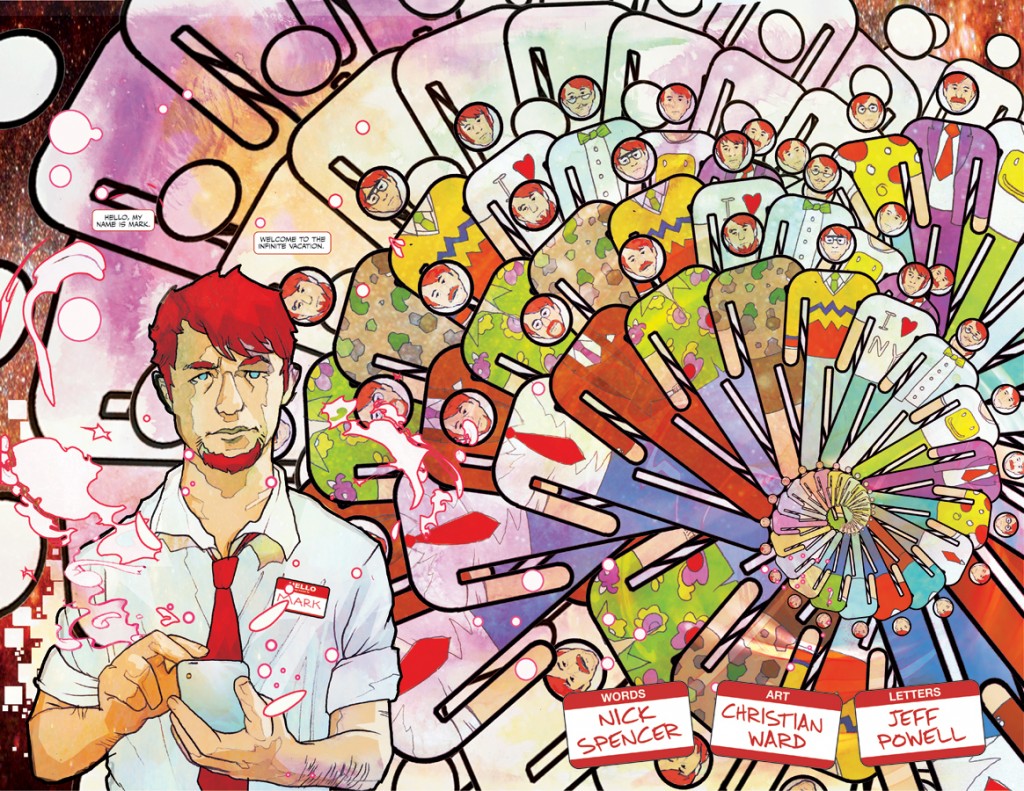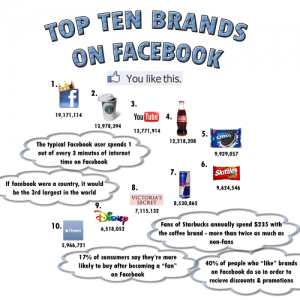I am working on a dissertation about self-documentation and social media and have decided to take on theorizing the rise of faux-vintage photography (e.g., Hipstamatic, Instagram). To start fleshing out ideas, I am doing a three-part series on this blog: part one was posted Tuesday (“Hipstamatic and Instagram”) and part two yesterday (“Grasping for Authenticity”). This is the last installment.

With more than two million users each, Hipstamatic and Instagram have ushered a wave of simulated retro photographs that have populated our social media streams. Even a faux-vintage video application is gaining popularity. The first two posts in this series described what faux-vintage photography is, its technical facilitators and attempted to explain at least one main reason behind its explosive popularity. When we create an instant “nostalgia for the present” by sharing digital photos that look old and often physical, we are trying to capture for our present the authenticity and importance vintage items possess. In this final post, I want to argue that faux-vintage photography, a seemingly mundane and perhaps passing trend, makes clear a larger point: social media, in its proliferation of self-documentation possibilities, increasingly positions our present as always a potential documented past.
Nostalgia for the Present
The rise of faux-vintage photography demonstrates a point that can be extrapolated to documentation on social media writ large: social media users have become always aware of the present as a potential document to be consumed by others. Facebook fixates the present as always a future past. Be it through status updates on Twitter, geographical check-ins on Foursquare, reviews on Yelp, those Instagram photos or all of the other self-documentation possibilities afforded to us by Facebook, we view our world more than ever before through what I like to call “documentary vision.” more...








